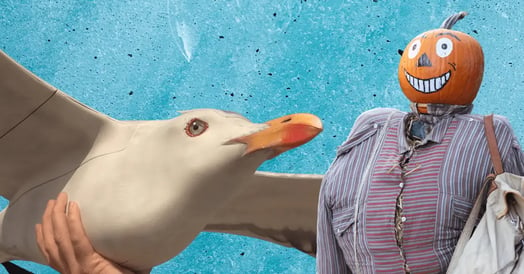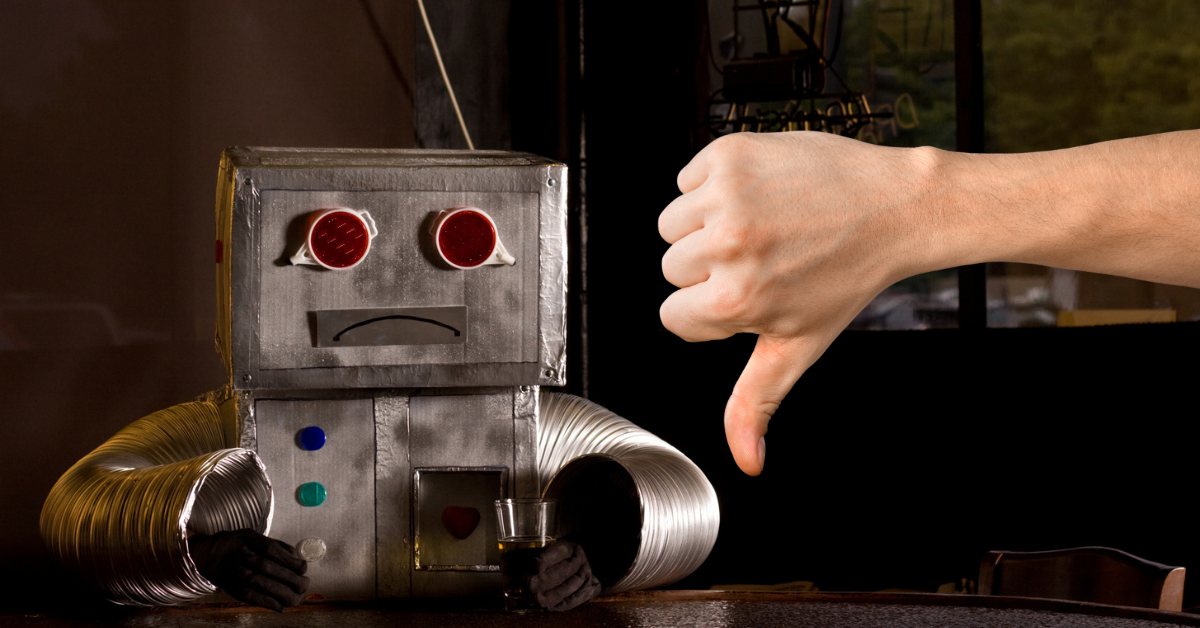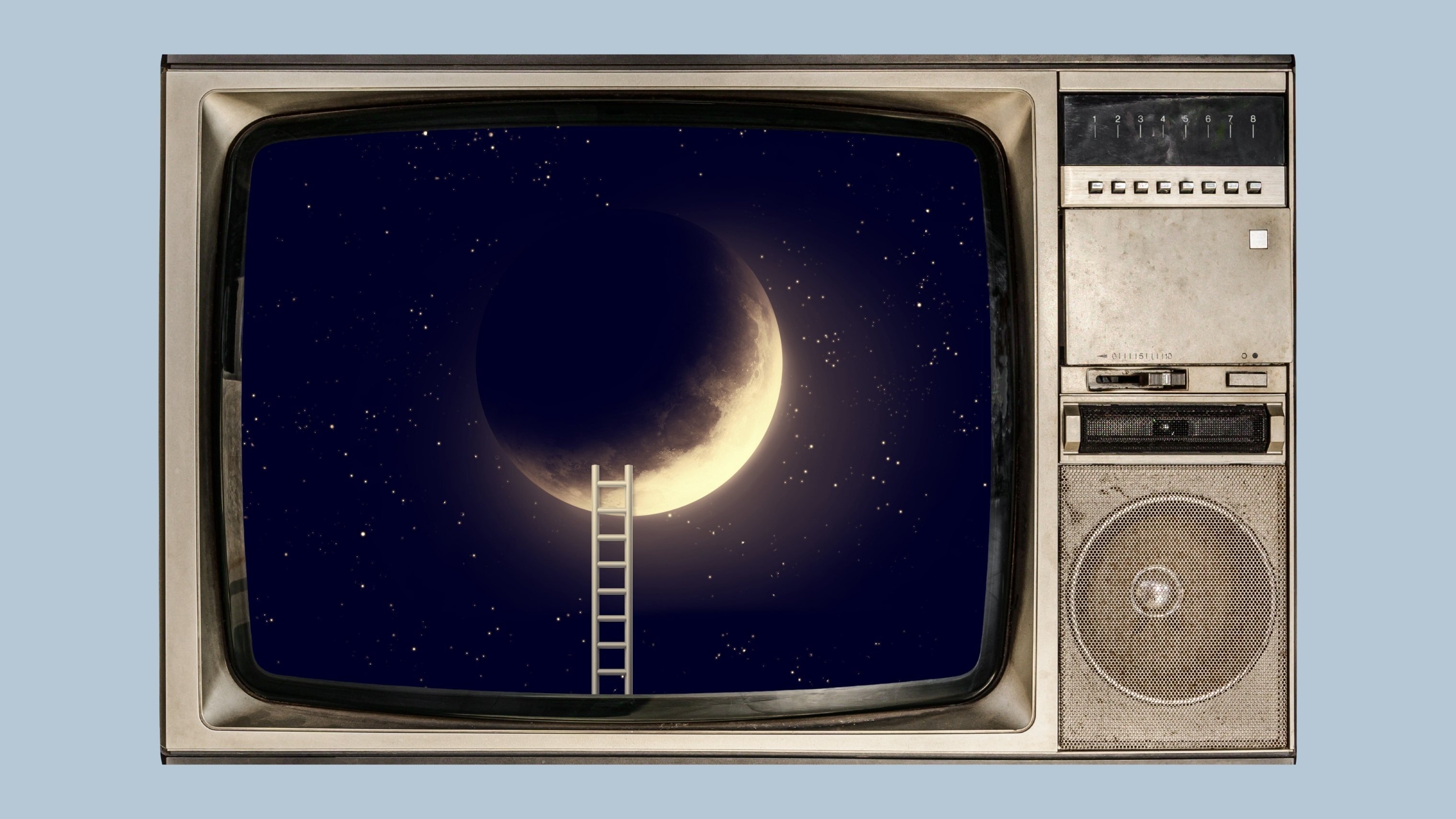AI may occupy a lot of space in our heads these days, but it can’t occupy our airspace — yet.

That domain belongs to another job-yoinking form of automation: drones.
Coming for scarecrows’ jobs…
… are drones that look like big birds, designed to scare off smaller birds.
The Drone Bird Company built a fleet of drones resembling birds of prey, hoping their lifelike robo-hawks can help bird-tormented professionals — like farmers and airport managers — keep avian pests away from crops and airplane engines.
- A German blueberry farmer who tested the drone birds saw crop loss decrease from ~50% to 5%.
These “birds” may soon become hawkish in yet another way; the Dutch startup suggests military espionage as a possible application.
It’s not just scarecrows losing opportunities to drones
Ad-towing pilots could soon be unemployed if Sustainable Skylines’ drones take over the sky-advertising business as planned.
There’s an environmental bent here — the Miami-based startup says its drones would reduce the banner-tugging industry’s carbon footprint by 90% — but this isn’t simply a feel-good story about the ozone; it’s a big business play in an aerial ad market estimated to be worth $8.5B by 2027.
Sustainable Skylines will analyze its drones’ routes alongside cellphone data, solving a current pain point for sky-marketers — clarity on how many eyes might’ve seen their banners.
Pilots, naturally, aren’t thrilled about losing a reliable way to accrue flight hours and score ~$50/hour.
Hey, drones replacing jobs isn’t all bad
The Indian government is testing drones for blood bag delivery, trying to improve timely delivery of lifesaving blood cells, plasma, and platelets to remote areas.
Ai











